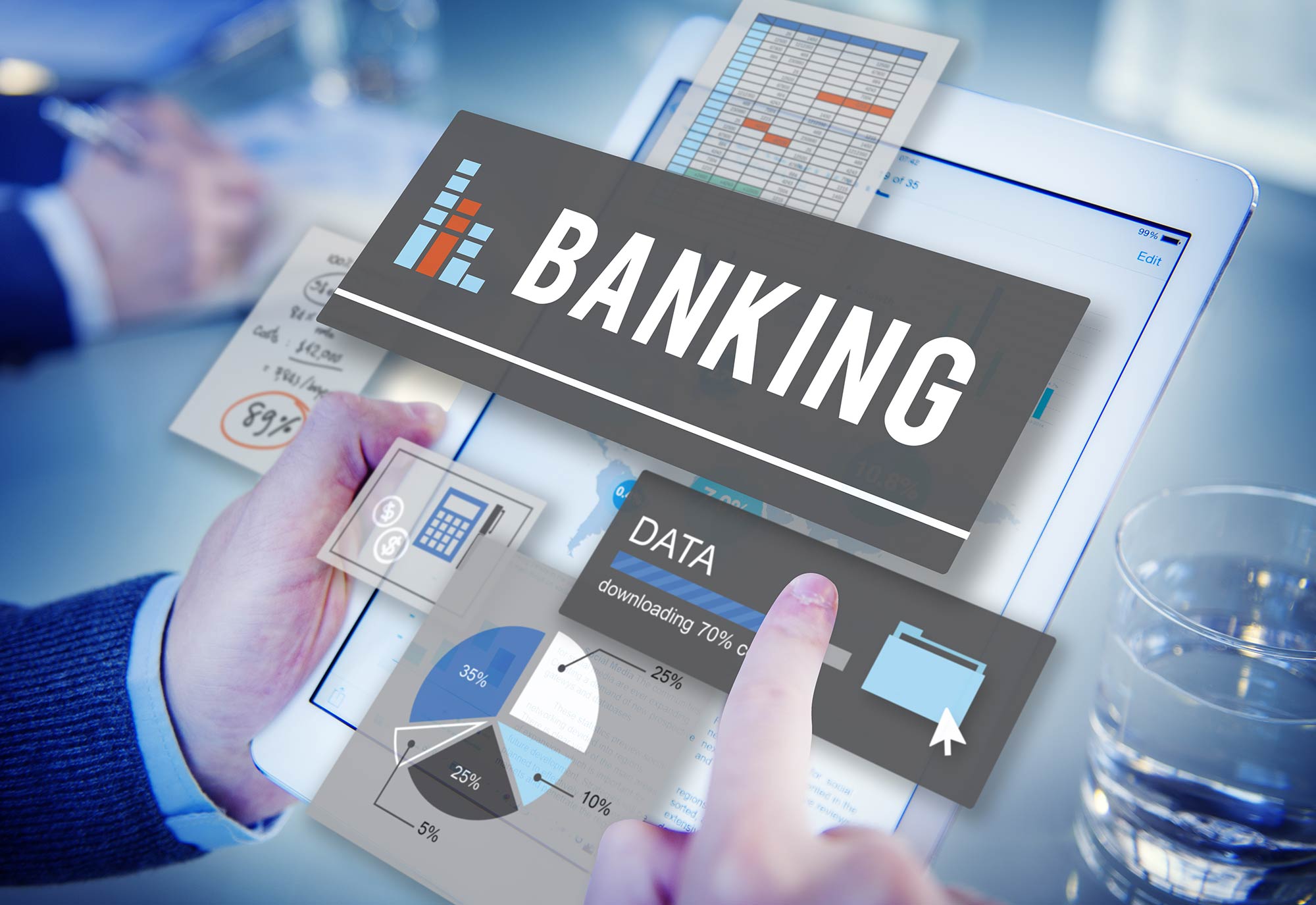
01 Dec Which Sourcing Model Is Right For My Business?
Know more of our IMPLEMENTATION capabilities.
Have you ever thought about what implementing a sourcing model could do for your business? Strategic sourcing is becoming more popular, as businesses strive to remain competitive in today’s marketplace. Just like there is no one-size-fits-all when it comes to businesses, the same goes for sourcing models.
Sourcing models are integral to the functioning of businesses, as they can have a significant impact on cost, quality, and lead time. Choosing the most appropriate source can be the difference between success and failure for a business. When a business improves its sourcing effectiveness, it can result in increased profits, improved customer satisfaction, and a healthier bottom line.
In this article, we will explore some of the most common sourcing models used by businesses today and help you choose the right one for your own.
What is a Sourcing Model?
In business, the term “sourcing model” is used to describe the process that a company uses to procure goods and services. The sourcing model includes the methods and strategies used to identify potential suppliers, select the best supplier, and negotiate terms of purchase.
Sourcing models help maximise market leverage by allowing businesses to focus their energies on specific aspects of the value chain. In a globalised economy, they are a tool for managing costs, risks and opportunities.
Types of Sourcing Models
There are a range of sourcing models for businesses which include, but are not limited to, the following:
- In-house: When a business opts for an in-house sourcing model, all needs are met by an internal team. One of the benefits of this sourcing model is that businesses have more control over their product or service, as well as any processes or systems related to its delivery.
Additionally, an in-house team can be more easily monitored and managed than an external team, which can result in greater efficiency and accountability.
- Co-sourcing: With a co-sourcing model, businesses partner with an external provider to supplement their internal team. If a business needs additional support or expertise in specific areas, it may look to a co-sourcing partner to help with those specific tasks or projects.
- Outsourcing: In this model, businesses contract with an external provider to meet all of their needs. This can be a good option for businesses that don’t have the resources or expertise to support an internal team. In 2005, 82% of large firms in Europe, Asia, and North America were already using a type of outsourcing.
- Managed services: In a managed services model, businesses contract with an external provider to manage all or part of their infrastructure. The advantages of this model include improved service quality, economies of scale, and access to best-in-class technology and processes.
- Cloud computing: In a cloud computing model, businesses use remote servers to store and manage their data and applications. Not only can this model reduce costs and simplify infrastructure, but it can also offer enhanced security and disaster recovery capabilities.
How do I choose a sourcing model for my business?
By breaking the decision down into a series of smaller steps, you can narrow down the field and make choosing the right sourcing model much easier. First, you’ll want to do an analysis of your business. This will help you understand which factors are important to your company when it comes to sourcing.
Secondly, develop a sourcing strategy that outlines how you will find and engage suppliers. This includes identifying the type of supplier relationship you want, setting selection criteria, and creating a sourcing plan. The third and final step is to implement your sourcing strategy and select a supplier.
The most effective sourcing model will vary depending on the size of your business, the products or services you need, your budget, and other factors. You can use a mix of these models to get the best results. For example, you may outsource some tasks, use cloud computing for others, and keep some in-house.
There is no set answer when it comes to selecting a model. However, there are some general best practices that you can follow:
- Consider the size of your organisation: For small businesses, it may make sense to use a third-party provider or an in-house team. For larger businesses, an in-house team is usually more efficient and cost-effective.
- Consider the nature of your business: If your business is seasonal or has fluctuating demand, you may want to consider using a third-party provider. This way, you can scale up or down as needed without incurring the cost of an in-house team.
- Compare costs: When considering the cost of a sourcing model, you need to take into account both the upfront investment and the ongoing costs. For example, an in-house team may have a higher upfront cost but a lower ongoing cost than a third-party provider.
- Consider the risks: Each sourcing model has its own risks that you need to consider. For example, an in-house team may be more expensive to set up but less risky in the long term than a third-party provider.
- Define your business needs: Before you can choose a sourcing model, you need to define your business needs. What are your goals? What skills do you need? What is your budget? Once you have answers to these questions, you can start evaluating different models.
- Get input from stakeholders: Once you have narrowed down your options, it’s important to get input from all stakeholders. This includes management, employees, and customers. Each group will have different perspectives that you need to consider.
- Test and pilot: Once you’ve made a decision, it’s important to test and pilot the selected sourcing model. This will help you identify any issues that need to be addressed before rollout.
Ultimately, the best way to determine which model is right for your business is to consult with an expert who can evaluate your specific needs. Consider rethinking your sourcing and procurement with Information Professionals Group and transform your business through digital and ICT strategy.
Advantages of Implementing a Sourcing Model
Implementing a sourcing model for your business comes with many advantages that will ultimately save you time and money. Some of these might include:
- Cost reduction: Implementing a sourcing model can lead to significant cost reductions for businesses. The business can take advantage of economies of scale and achieve better value for money when buying in bulk.
- Improved quality: Sourcing models can also lead to improved quality of products and services, as businesses can access a larger pool of suppliers who are competing for their business. This increased competition can drive up standards and lead to businesses getting better deals overall.
- Faster implementation: Sourcing models can lead to a faster implementation of projects, as businesses can access pre-approved suppliers who are familiar with the relevant processes and procedures. When training and onboarding supplies, businesses can save time and money this way.
- Greater flexibility: These models can also offer businesses greater flexibility, as they are not tied into long-term contracts with a single supplier. Businesses can thus change suppliers if they are not happy with the service they are receiving, or if their needs change.
- Improved security: They can also offer improved security for businesses, as supplier contracts can include clauses that stipulate how data must be stored and processed. With this, businesses are protected from data breaches and cyber-attacks.
Ultimately, implementing a sourcing model is vital to ensure that your company is efficient and profitable. While there are many models to choose from, each with its own advantages and disadvantages, the most important factor is to select the model that best suits your company’s specific needs.
By taking the time to carefully consider all of your options, you can be sure to find the perfect sourcing model for your business.
- Tech Your Business Podcast - 26 February 2024
- Security Market Watch Podcast - 26 February 2024
- The Business Octopus Podcast - 15 February 2024












